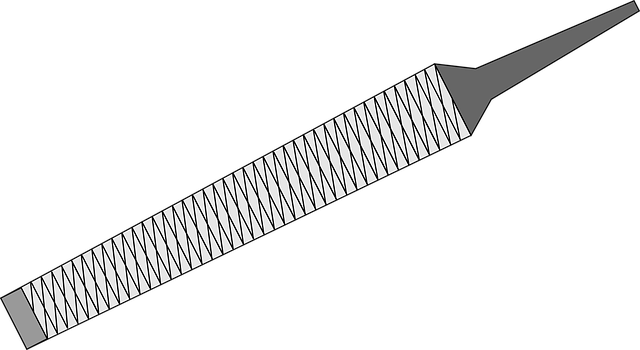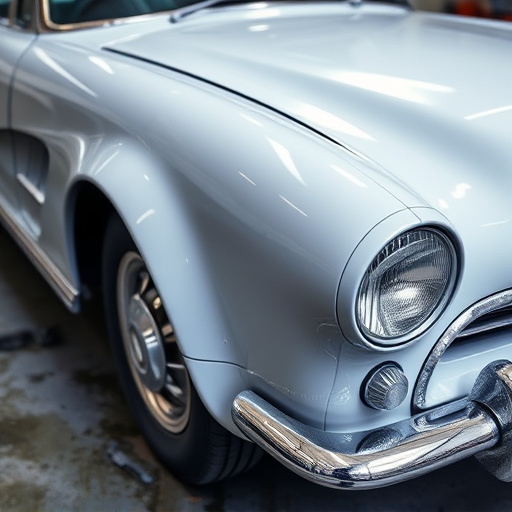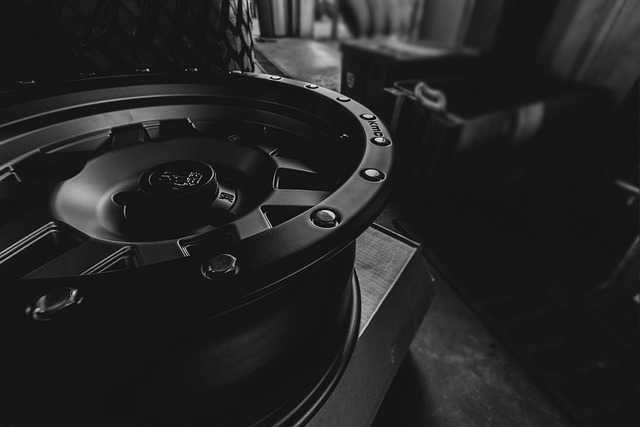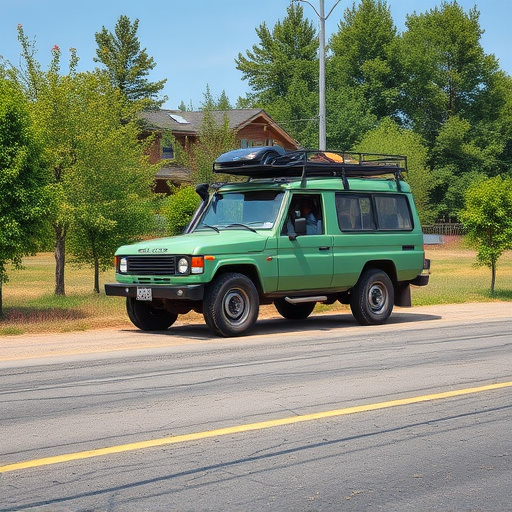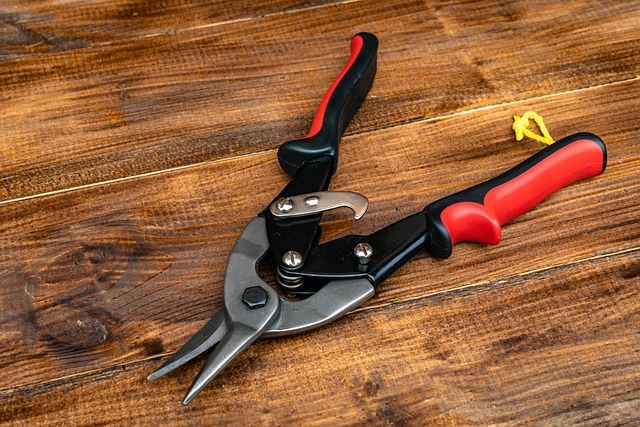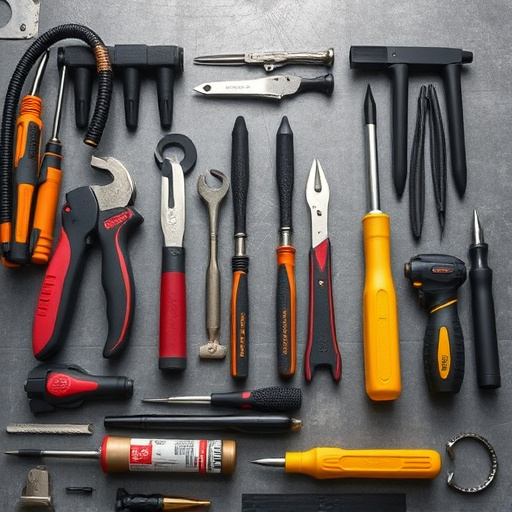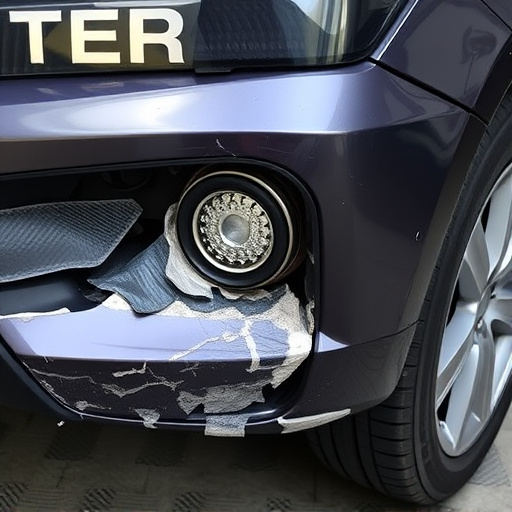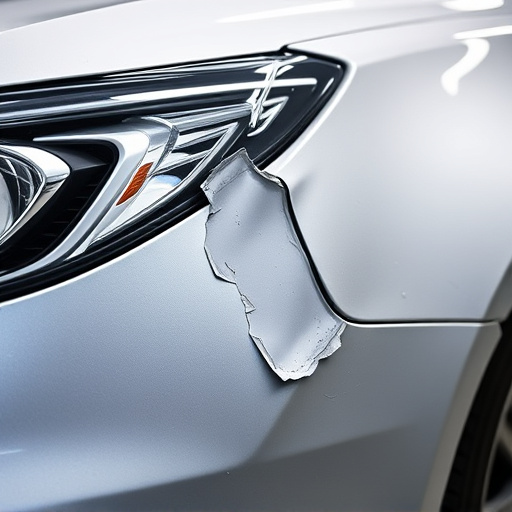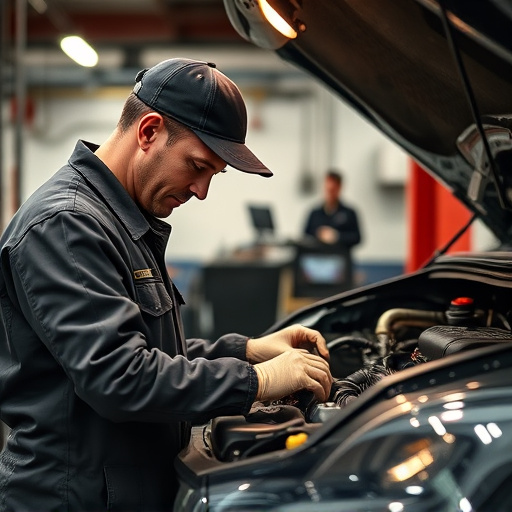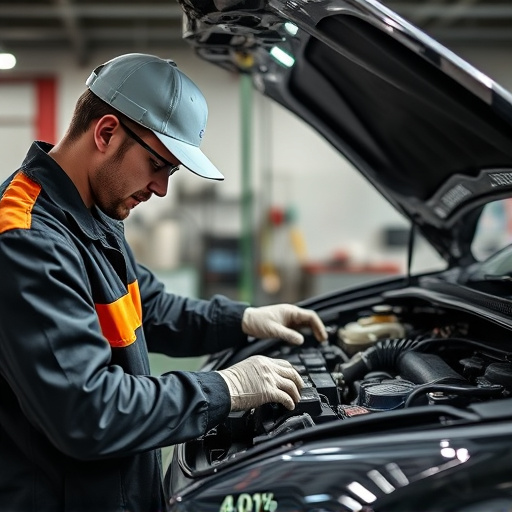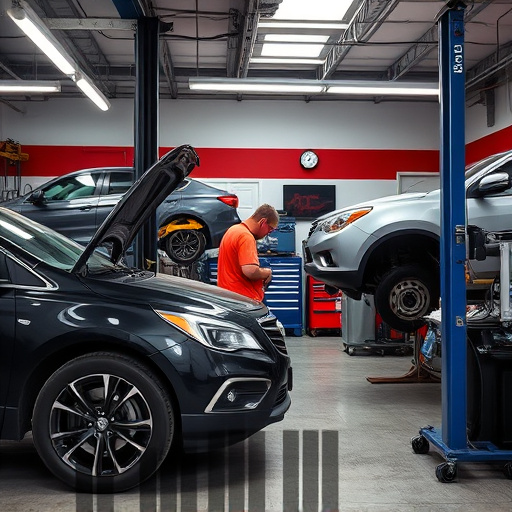Tesla vehicles' advanced automatic entry features can encounter technical difficulties, causing door malfunctions that require expert Tesla door handle repair and vehicle paint repair. Certified technicians are needed to understand the intricate software, sensors, and hardware interactions. Diagnosing issues involves inspecting components like actuators, control modules, and auto glass sensors. Simple replacements may resolve minor problems, but complex cases demand professional auto body repair. Proper diagnosis includes electrical connection checks, identifying loose parts, and verifying signal strength between door handles and the central system. After repair, testing automatic entry functionality is crucial; persistent issues should be referred to a professional auto collision center or auto body restoration services.
Struggling with automatic entry issues on your Tesla? Tesla door handle repair can resolve problems like failed unlocking, delayed response, or no response at all. This guide delves into the common causes of these frustrations, from faulty sensors to malfunctioning actuators. We provide a detailed, step-by-step approach to diagnosing and repairing your Tesla’s door handles, helping you get back on the road smoothly and safely.
- Understanding Automatic Entry Issues in Tesla Vehicles
- Diagnosing the Problem: Common Causes and Faulty Components
- Step-by-Step Guide to Tesla Door Handle Repair
Understanding Automatic Entry Issues in Tesla Vehicles
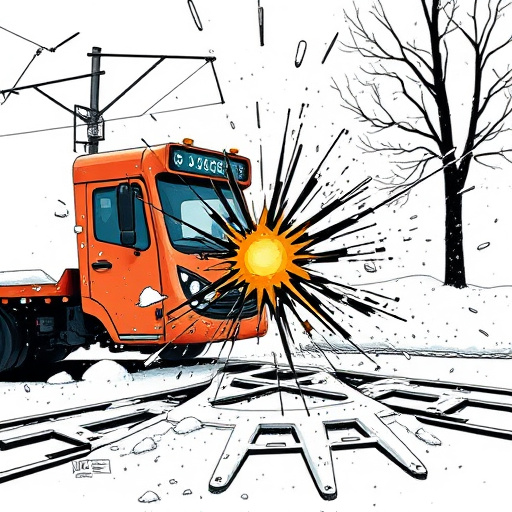
Tesla vehicles are renowned for their cutting-edge technology, including innovative automatic entry features. However, like any advanced system, these can sometimes experience issues, leading to problems with opening and closing doors automatically. This may manifest as failed unlocks, delayed responses, or doors that refuse to close properly. Such car damage repair scenarios often require expert intervention for vehicle paint repair and restoration of seamless automatic entry functionality.
Automatic entry systems rely on intricate coordination between sensors, actuators, and software, making troubleshooting complex. Even minor adjustments to calibration or hardware components can impact performance. Therefore, when encountering persistent problems, it’s best to consult certified Tesla technicians who understand the intricacies of these systems and can perform precise car bodywork repairs, ensuring optimal functionality without compromising overall vehicle aesthetics.
Diagnosing the Problem: Common Causes and Faulty Components

When dealing with Tesla door handle repair for Automatic Entry Issues, diagnosing the problem is crucial. Common causes include faulty sensors, damaged or worn-out door handles, and issues with the vehicle’s power system. Sensors play a vital role in ensuring seamless automatic entry; any malfunction can lead to frustrating access problems.
Among the faulty components that may require attention are the door handle actuators, control modules, and even the auto glass sensor. In some cases, a simple component replacement might fix the issue. However, for more complex scenarios involving vehicle restoration or auto body repair, professional intervention is recommended. Proper diagnosis involves scrutinizing electrical connections, checking for loose parts, and verifying signal strength between the door handles and the vehicle’s central system.
Step-by-Step Guide to Tesla Door Handle Repair
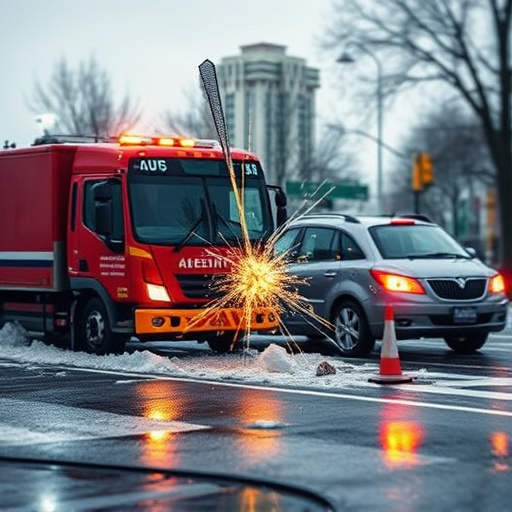
Repairing a Tesla door handle for automatic entry issues can be done following this straightforward step-by-step guide. First, assess the problem – is it a faulty sensor or a malfunctioning lock mechanism? This will dictate your approach. For sensor issues, you’ll need to clean or replace the sensors located around the handle area. Use an electric cleaner to remove any dust or debris and check for any visible damage. If necessary, order replacement sensors from Tesla or an authorized parts supplier.
In case of lock mechanism problems, it might be a sign of wear and tear or damage to the door handle itself. Here, you’ll require specialized tools to disassemble the handle carefully. Remove any visible components and inspect for signs of corrosion or damage. Replace any worn-out parts with genuine Tesla spares. Once all parts are in good condition and properly assembled, test the automatic entry functionality. If issues persist, consider consulting a professional auto collision center or engaging in auto body restoration services to ensure a complete fix.
If your Tesla is experiencing automatic entry issues, a faulty door handle could be the culprit. By understanding the common causes and following a simple step-by-step guide, you can effectively perform a Tesla door handle repair yourself, saving time and money. Remember, keeping your vehicle’s security systems in top shape ensures peace of mind while on the road. For any complex issues, always consult a professional mechanic.
